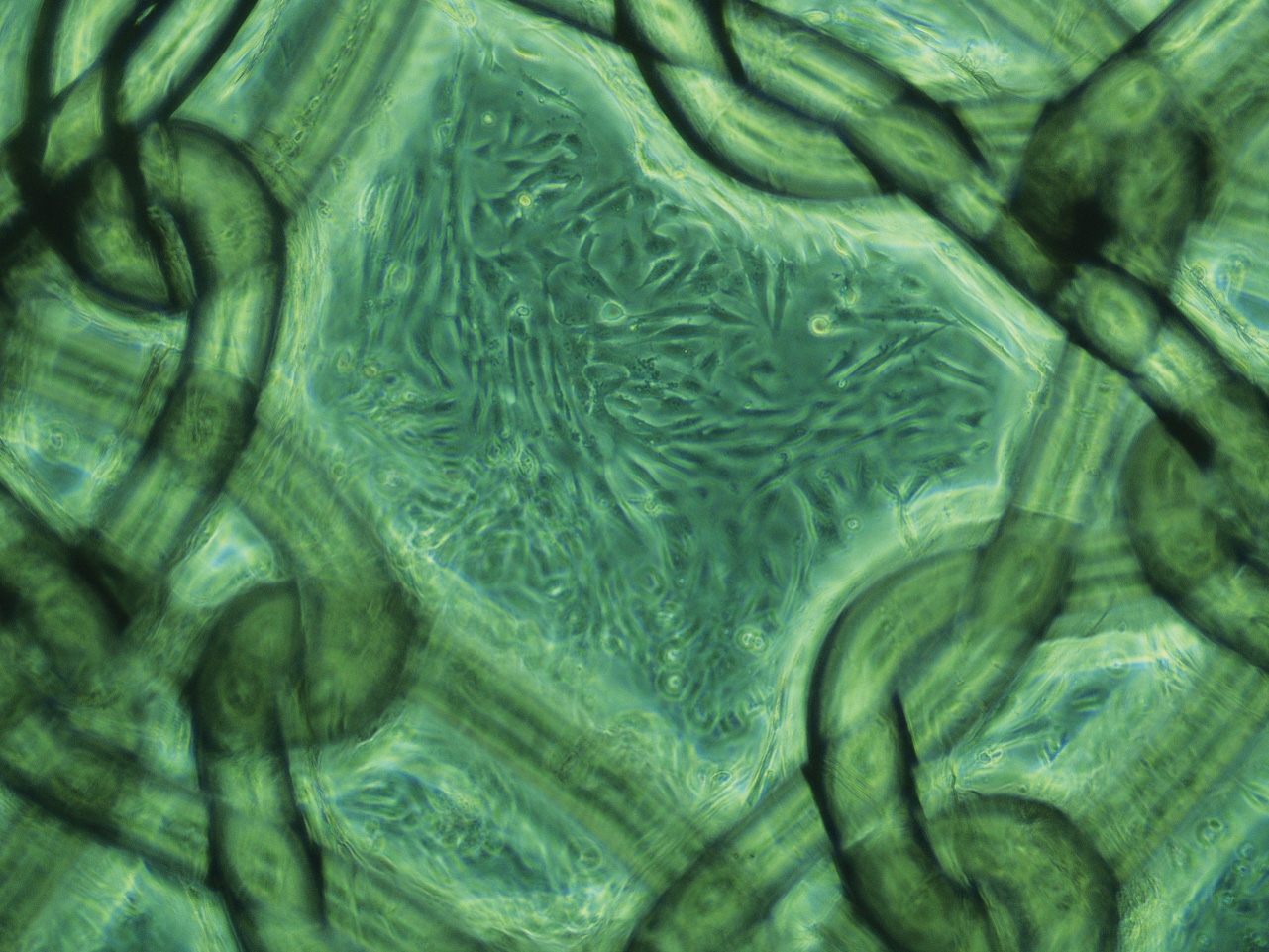By Emily Lehmann

Dr Edwards with mesh made by our warp knit machine in the background.
As many mums say, there is no better gift than to bring a child into the world.
What we wish most is that when the baby arrives, both mother and child are happy and healthy. However, between the pregnancy and delivery a myriad of complications can arise.
One common condition that affects almost one in four Australian women is pelvic organ prolapse.
It most often occurs as a result of childbirth when one or more organs descend from where they should be as a result of weakened ligaments, muscles and supporting tissue. The early stages can sometimes go unnoticed, but later symptoms include incontinence and sexual dysfunction.
Milder forms are treated through exercise and therapeutic medical devices (pessaries), while more severe cases require reconstructive surgery, where permanent mesh implants are added to support and aid tissue repair. In fact, it’s estimated that one in five Australian women will have surgery for the condition at some stage in their life.
Unfortunately, current mesh implants are known for causing complications.
So we’ve teamed up with researchers from Monash University to develop a new and improved mesh. It will have better mechanical properties, with the addition of stem cells to speed up tissue repair and treat the condition more effectively.

Tissue engineered mesh with seeded stem cells.
“Current mesh implants are problematic because they haven’t been designed for this purpose. They are rigid like a piece of cardboard when really they need to be flexible to move with the surrounding tissue,” says CSIRO textiles expert, Dr Sharon Edwards.
“This can cause women a range of issues including pain, discomfort, fibrosis and erosion, and in some cases further surgery is required.”
The team is investigating the use of a different polymer and warp knit pattern to fabricate a mesh that’s lightweight, elastic and porous.
“Our aim is to increase comfort, reduce the likelihood of complications and create better long-term health outcomes,” says Dr Edwards.
Dr Edwards explains how the mesh works in more detail:
Find out more about how CSIRO’s health research in our interactive web graphic.
Media: Emily Lehmann T: +61 3 9545 8746 M: +61 419 271 822


15th April 2016 at 3:30 pm
I was wondering how your mesh is progressing. Has there been any progress?
Cheers,
Jenny Sykes
18th April 2016 at 8:03 am
Hi Jenny,
We’re currently working with universities and the Hudson Institute of Medical Research to develop new designs for better meshes. At this stage, we are validating the quality and performance of these meshes with our multi-disciplinary team. We are still in the Research and Development phase and are now seeking opportunities for industry support to take this to the next level. Our supercomputer Percy is also helping us to understand stressful forces on the mesh that a patient would experience, you might like to check out more information on it here: https://blog.csiro.au/supercomputers-pelvic-prolapses-dell-matrix/
Regards,
Ellen
CSIRO Social Media
1st May 2016 at 5:54 pm
Hi Ellen,
Thank you for your reply and the extra information. It will mean so much to thousands of women, me included, when this mesh is finally developed and given the OK for use in surgical procedures.
I am looking forward to reading more about this mesh as you progress with your research.
Kind Regards,
Jenny.